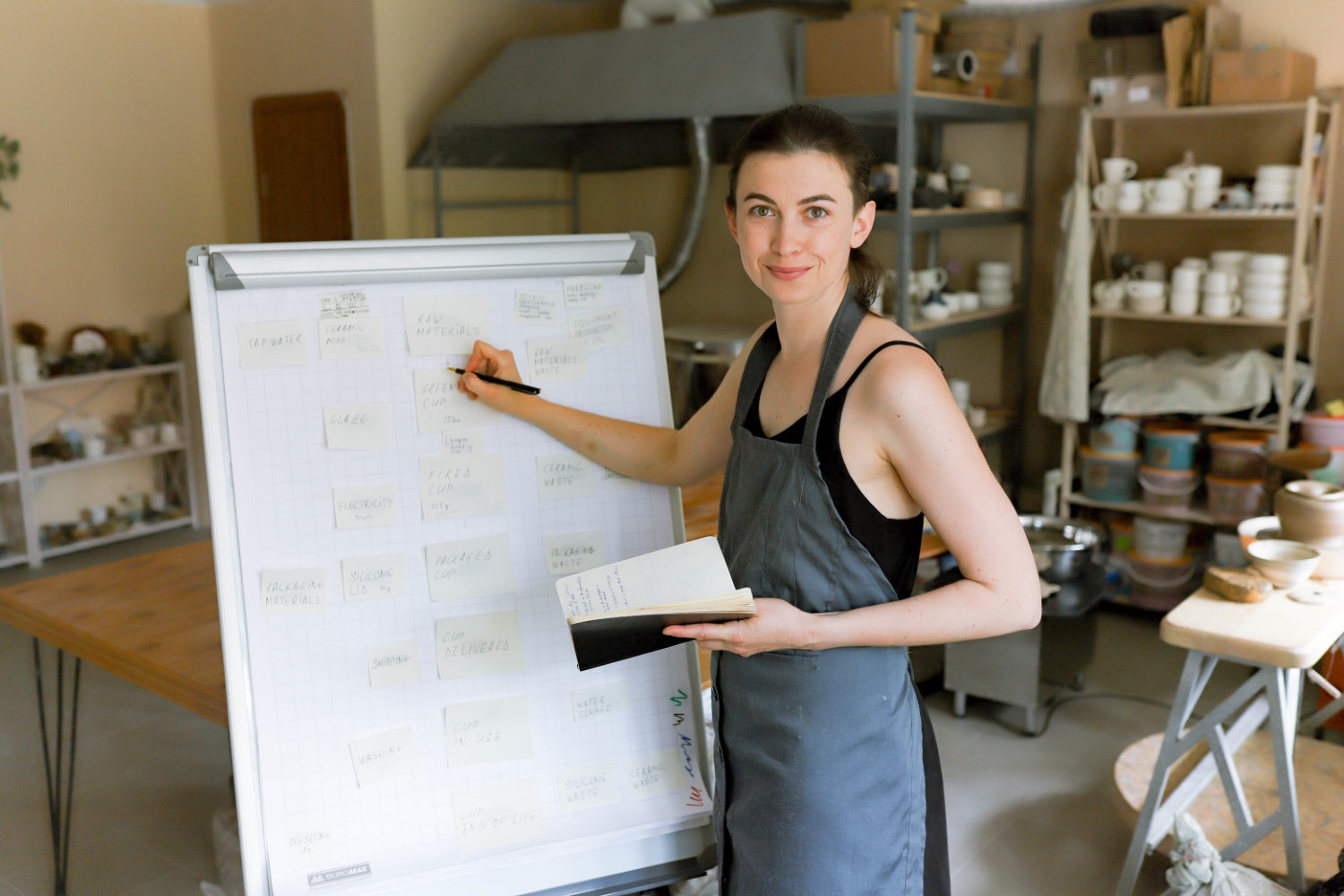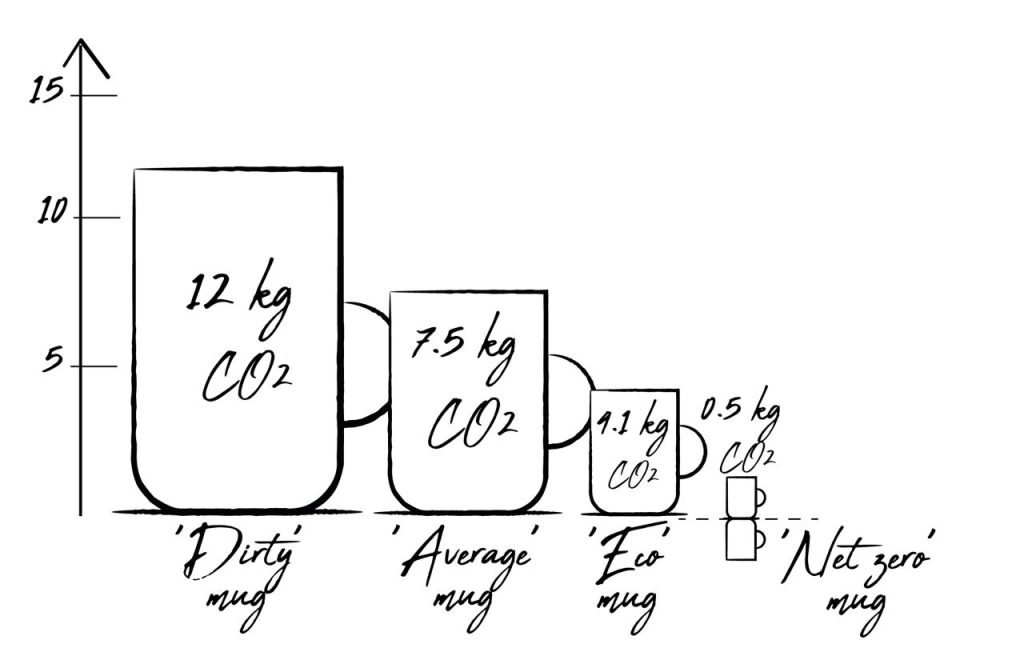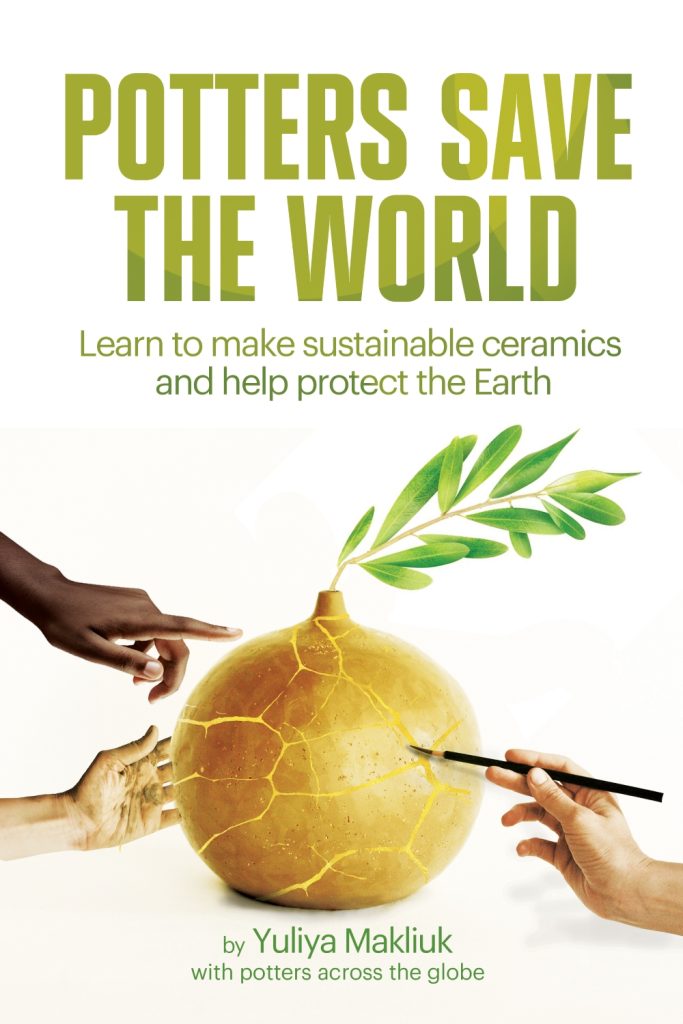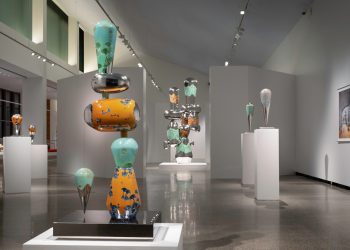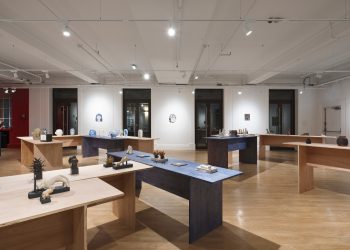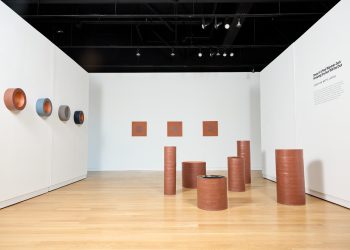Yuliya Makliuk, a ceramic artist from Ukraine, found herself at the intersection of war and environmental responsibility. While power outages darkened studios and conflict raged, she illuminated a path to sustainable pottery, challenging perceptions and paving the way for a greener future in ceramic art. This is her story of innovation, hope, and a reimagining of ceramic practice.
Hello, everyone! I’m Yuliya, a potter and environmentalist from Ukraine. Today has been quite hectic, and I must admit I’m still in my pajamas as I write this article. While working on it, I’m sipping on what’s probably my fifth cup of strong black tea from my most recent raw-glazed mug, fresh out of the kiln just yesterday. I’m also sending my designer some ‘final’ layout edits. My book, “Potters Save the World: Learn to Make Sustainable Ceramics and Help Protect the Earth,” is on the verge of completion and is scheduled for release in early November.
I’m rushing to publish it before the winter blackouts, which may happen if Russian rockets target our power plants again. But let me start this story from the beginning.
So, it all began 11 months ago. Living in the rear of the war, I was facing a constant struggle to maintain my ceramic practice amidst nationwide power outages and the shutdown of clay production. Nobody knew how much longer the postal service would continue to operate, making it uncertain if I could fulfill orders. At that time, making pottery felt so insignificant.
One of the unexpected effects of the war on me, and I’ve heard the same from others, is that you suddenly realize that any day could be your last, and you’re driven to live life to the fullest. Some people rushed into marriages, while others chose to divorce. Many enlisted in the army, and others opened a business. As for me, I made a different decision — I wanted to write a book. Not just any book but the definitive compilation of all sustainable pottery-making knowledge.
With my background in environmental consulting for creative businesses and my skills in life-cycle assessment, I believed I could make a difference in the world of pottery. Besides, it was a way to tell the stories of fellow potters navigating their journey towards earth-conscious practice, whether in Ukraine or elsewhere in the world.
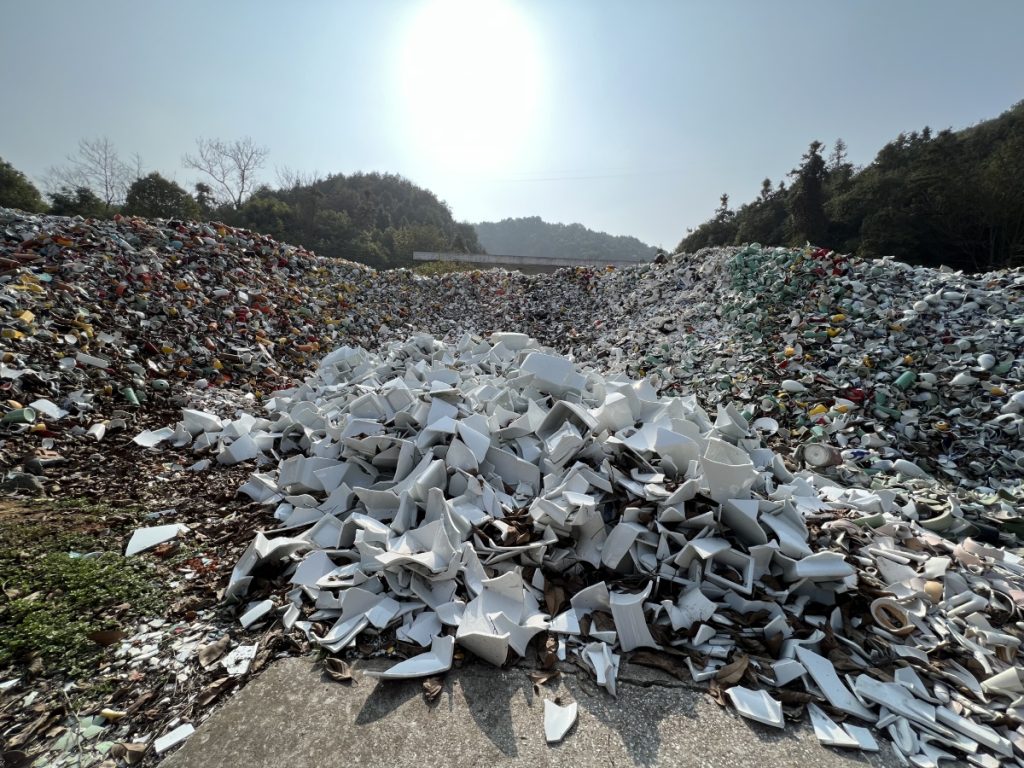
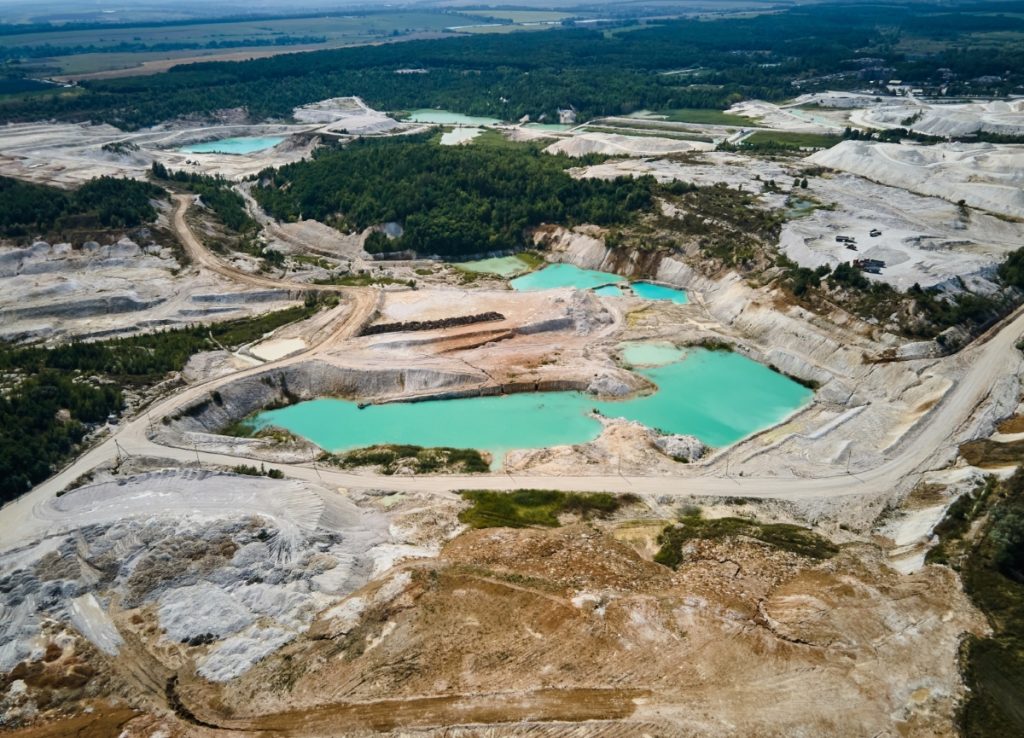
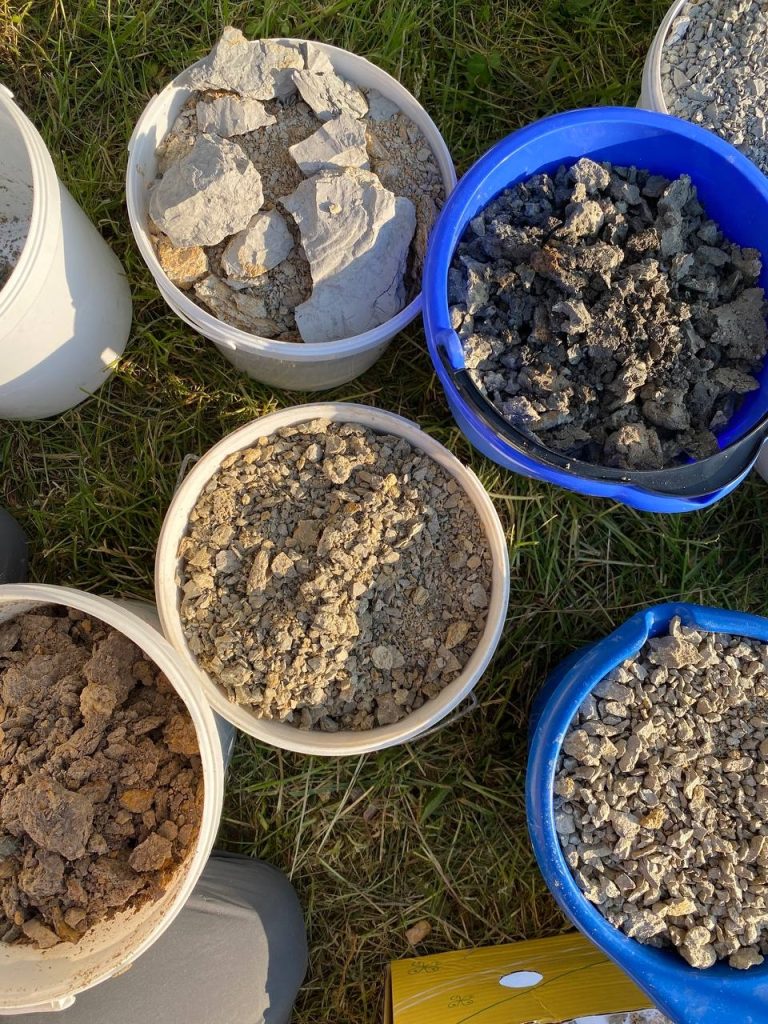
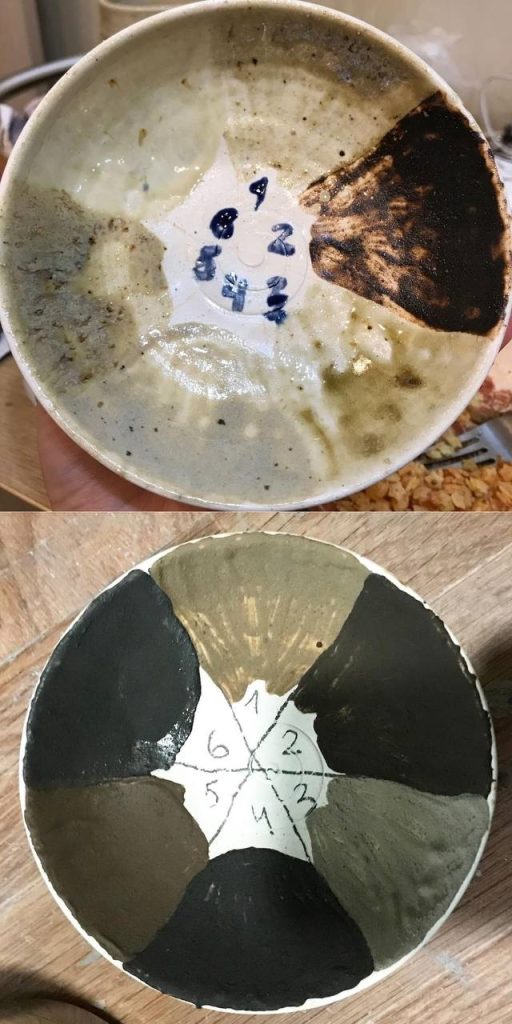
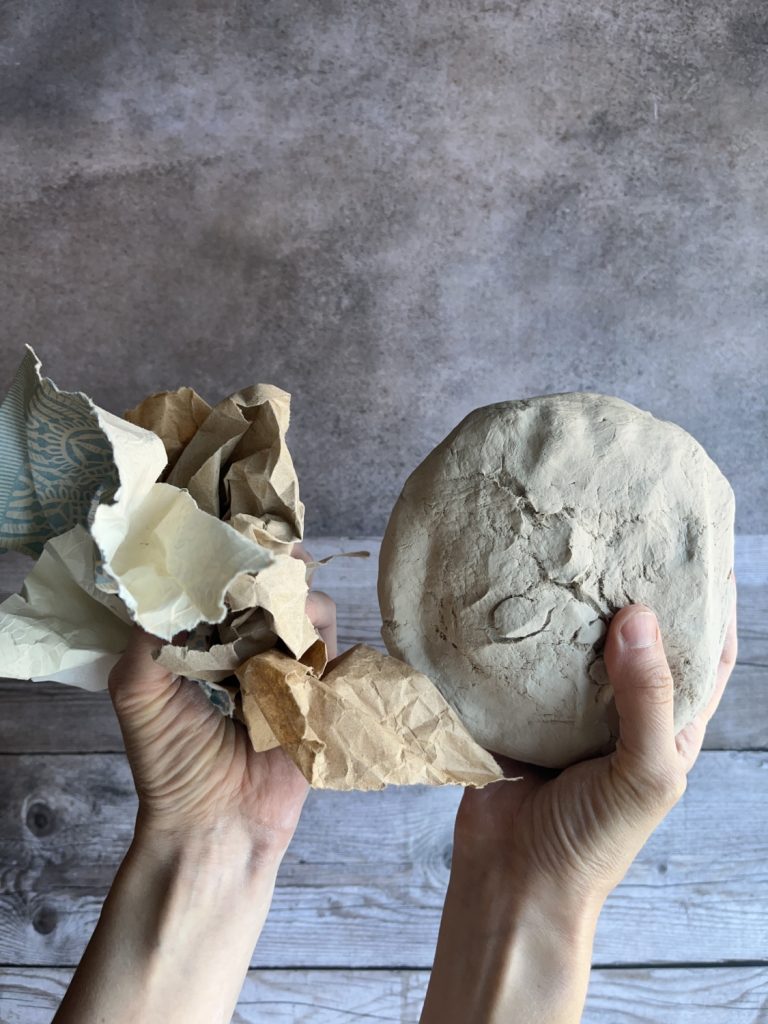
So, once the decision was made, everything started falling into place. I outlined my idea in the Risktakers Fellowship application and won it. I began inviting eco-friendly ceramicists and hosting webinars on low-carbon firing, zero-waste pottery, and ethical ceramics materials, which proved quite popular with potters. I read dozens of books and articles on ceramics and learned the basics of self-publishing (how well I learned remains to be seen). And then, I was ready to face the main challenge—the carbon footprint assessment of studio pottery.
Determining how much CO2 is emitted during pottery production and identifying the most polluting stages is the central theme of the whole project. Why is it important? Because we can use it to set a benchmark, create different scenarios (what if we skip bisque firing? what if we cover ceramics with gold?), and develop measures to reduce pollution. And so, I dove into experimentation in my own studio and gathered any reliable data from what had already been published about sustainable ceramics. It took me about half a year before I could input all this information into software and conduct a life-cycle assessment. And here’s what I found out.
The carbon footprint of an average handmade stoneware mug stood at 7.5 kg of CO2. In context, this accounts for 0.1% of an individual’s annual carbon footprint. This includes all stages of a mug’s life cycle: extraction of raw materials for clay, glaze, and packaging; domestic transportation of these materials to the studio; mug production in the studio; packaging; international shipping; use by the owner and disposal. Here, you can see a scheme of such a life cycle.
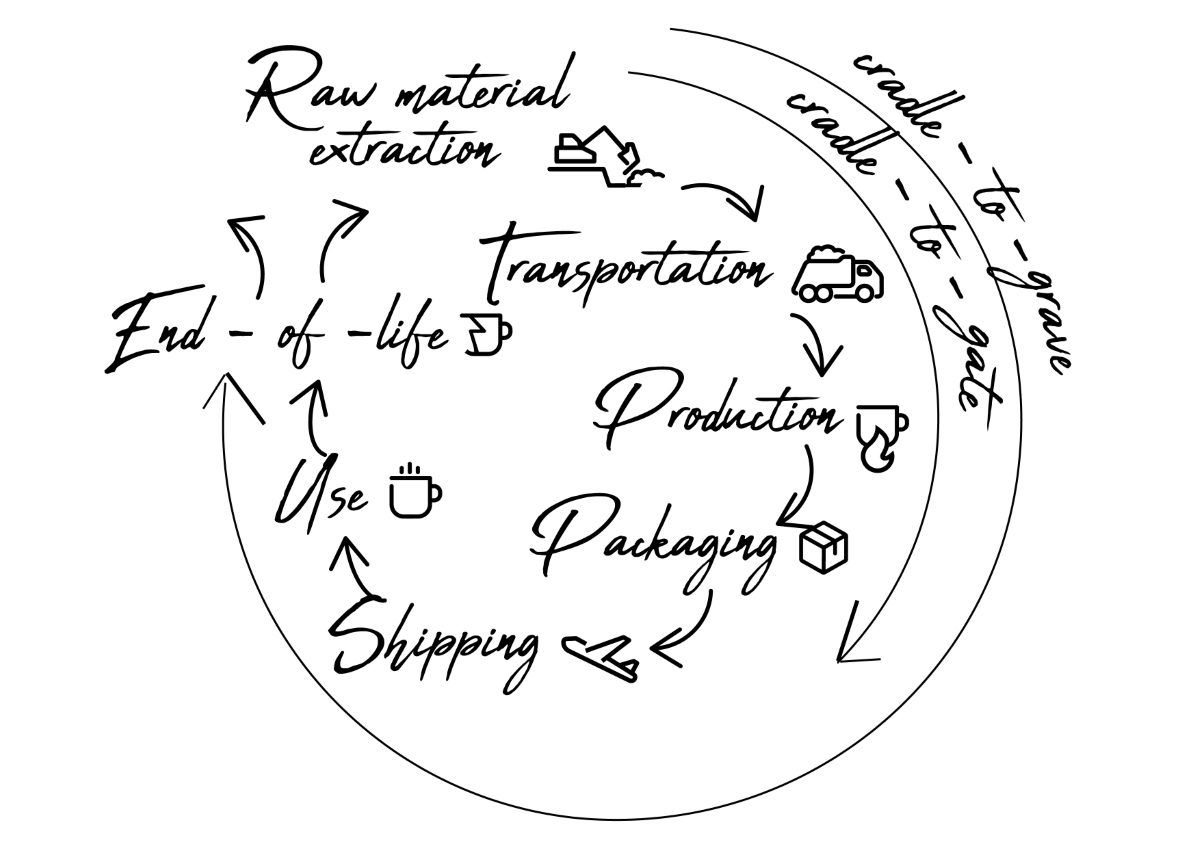
Surprisingly, the stages of making the mug contribute to a smaller portion of the carbon footprint, totaling 1.9 kg of CO2. Among these steps, the most carbon-intensive ones are firing (1.4 kg), using plastic for packaging (0.3 kg), cardboard boxing (0.07 kg), producing frit (0.06 kg), transporting materials within the country (0.06 kg), and extracting clay (0.04 kg).
The remaining environmental impact is determined by what happens after the mug leaves the studio, including shipping, use, and disposal. In this phase, the major contributors are cargo flight from Europe to the USA (2.6 kg), the energy used to heat water for dishwashing (2.2 kg), the production of dishwashing detergent (0.4 kg), and the decomposition of packaging materials in landfills (0.3 kg).
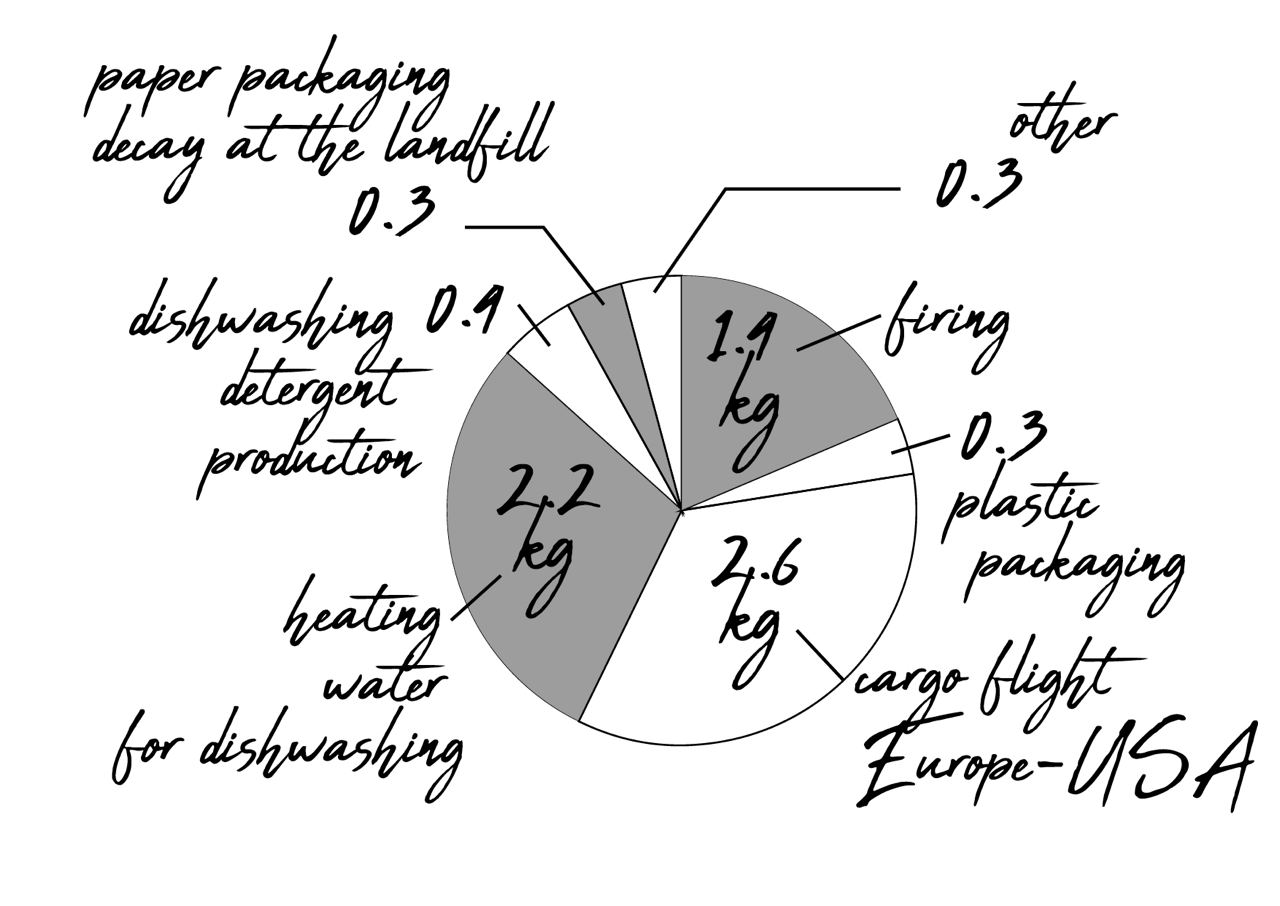
How does this knowledge help us make better decisions for the environment when making ceramics? Actually, it clearly shows us where to direct efforts.
– We have to use less energy or fuel for firing,
– Avoid plastic packaging,
– Reuse cardboard boxes,
– Cut international shipping,
– Educate our clients about the sustainable use and disposal of pottery.
Then, I played with different scenarios to see how changes in pottery routines influence its footprint. It turned out, with some reasonable adjustments, we can make a mug twice more eco-friendly:
● Single firing (-0.7 kg): By skipping the bisque firing step, less energy was used, resulting in reduced emissions.
● Reused paper packaging (-0.4 kg): Choosing to use recycled cardboard boxes and reused paper cushioning significantly reduced both waste and emissions.
● Changes in the mug owner’s habits (-3.1 kg): Making sustainable choices in daily routines had a substantial impact, including solar-powered water heating (-2 kg) and washing with baking soda (-0.1 kg).
● Composting paper packaging (-0.3 kg): Opting for composting rather than sending paper packaging to landfills or incineration is a much more environmentally friendly choice.
Upon calculation, this ‘eco’ mug’s footprint was as low as 4.1 kg CO2. Much better than the conventional one!
After that, I wanted to go to extremes and design a perfect mug that would emit nearly zero CO2 during its life cycle. Is that even possible?
To achieve this, I began with the ‘eco’ mug approach but took it a step further by using electricity generated from rooftop solar panels for firing. Additionally, I limited sales to one continent, reducing the need for long-distance shipping and exclusively using trains for transportation. The owner was assumed to use cold water for washing the mug. Following these practices, the mug’s carbon footprint was reduced to a mere 0.5 kg CO2. This remaining carbon footprint could easily be offset through actions like planting trees or purchasing carbon credits, making the mug’s impact on the environment virtually negligible in terms of carbon footprint.
Say you produce and sell 1000 mugs annually, each responsible for 7.5 kg CO2. Sticking with the abovementioned guidelines, you could save 7,500 kg CO2‒as much as an average person’s lifestyle emits annually. Now imagine if all the potters in the world did this!
To sum up, by using renewable energy, skipping bisque firing, packaging in recycled paper, and shipping domestically, we potters can make our production as sustainable as possible.
And this is not just theory. In fact, I was astonished by how many ceramicists across the globe already use these and other nature-saving steps. Their approaches vary widely. Some craft functional pottery that encourages sustainable lifestyles, providing eco-friendly alternatives for everyday use. Others use their artistry to raise funds for charitable causes, supporting various environmental and social initiatives. Many convey powerful messages and raise awareness through their conceptual and thought-provoking ceramic creations, sparking conversations about pressing issues. Some focus on community building and trauma healing, utilizing ceramics as a therapeutic medium to bring people together and foster emotional well-being.
As part of the book preparation, I talked to some 20 clay artists working in sustainable ceramics. Their personal stories, full of insights and tips, are included in the book. Dr. Steven Harrison, Sara Howard, Caroline Chang, Joe Thompson, and Courtney Mattison are just a few names featured. There are also five stories from Ukrainian artists who pioneer wild clay use, unfired clay art, ceramic up-cycling, and much more ‒ all while serving in the army or helping those affected by the war. I hope that you enjoy learning from this diverse and devoted cohort!
So now, after all the hard work, the book is ready, and I can’t wait to see it published. Being able to work on this project fills me with gratitude and hope for the future of ceramics in studios. There’s immense potential for ceramic artists to take the lead in designing eco-friendly products, teaching others about sustainability, and promoting environmentally conscious business practices. We, as creatives, have the power to change the world for the better.
‘Potters Save the World: Creating Sustainable Ceramics to Help Protect the Earth’ (about 250 pages) is scheduled for release at the beginning of November 2023 as a self-published edition, available in paperback and e-book formats on Amazon and Etsy.
Pre-order the ebook version on Amazon.
About the author
Yuliya Makliuk is a ceramic artist, activist, and author driven by a passion for addressing the pressing challenges of our time: environmental crises, social injustice, and war through her practice.
Makliuk is dedicated to pushing the boundaries of ceramic tradition, actively exploring sustainable approaches and innovative techniques. Her studio, ‘Here & Now Pottery,’ holds the Clean Green Ceramics certification and is included in the Homo Faber crafts catalog. Additionally, Makliuk has been awarded the Risktakers and the CEC Artslink fellowships for her work in sustainability and arts organizing. She is based in Irpin, Ukraine.


